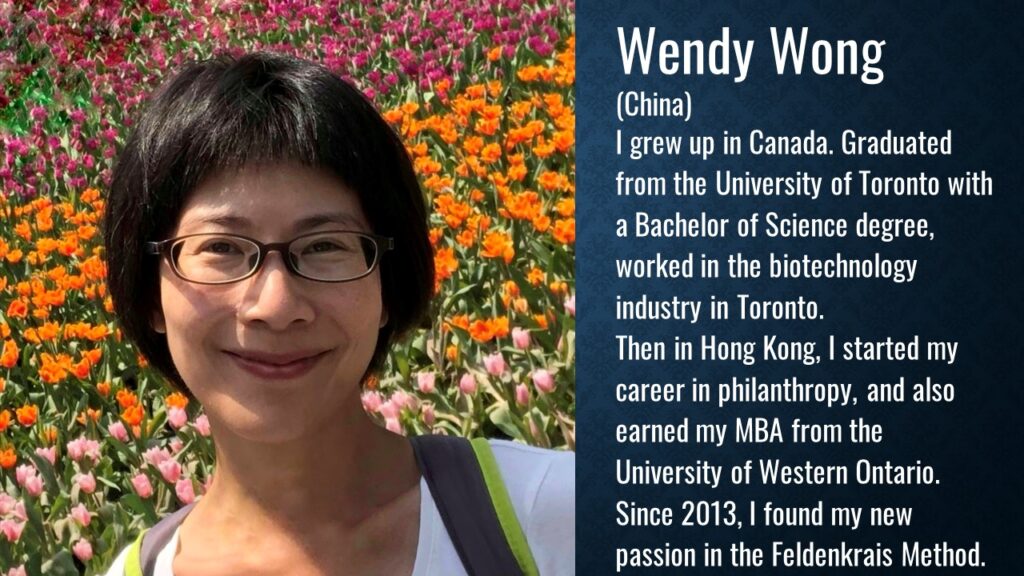
Have you ever felt trapped? Have you ever felt like you are not acting to your fullest potential? Have you ever had an internal struggle, like you knew you should be doing something but because of some unspoken fears or inconfidence, you couldn’t?
What’s trapping you? What’s dragging you from being your best? What is limiting your freedom?
Sometimes it’s the environment we are in that limits us, so we try to change the environment, or we try to avoid or escape whatever or whoever we identify as the cause of our limitation. When that doesn’t work so well, some of us would introspect. And then, we discover perhaps it’s how we have been conditioned growing up, how we have learned through reward or penalty that we should act in a certain way to fit-in to what others expect of us. Along this path, we all have gotten ourselves a bunch of conditionings or habits which we wish we could break away from. Some people call this a ‘box’, and advocate we should live and think ‘outside the box’.
But how? How do we free ourselves from this ‘box’, from our conditionings, from habits which no longer serve us well? How can we live freely, and not in whatever ways we have been programmed?
My experience is, the more we think about these things, the more lost we could be. Getting too mental about these things doesn’t work, because our conditionings or habits were not formed by thinking about them in the first place, but from how our nervous system repetitively responded the same way to the environmental stimuli at the time.
So one of the ways to free ourselves from conditionings, according to Dr Moshe Feldenkrais, founder of the Feldenkrais Method, is to recreate how our nervous system ‘learned’ to respond to the environmental forces in the first place – not through thinking about them, but through movement. Through movement, we learn to be aware of how we could involve our body, our whole self, in the way we function. For example, we become aware of how to involve various body parts like our spine, rib cage, pelvis, shoulder, fingers, and / or feet…etc. in how we breathe, sit, stand, walk, and anything in between and beyond. We will discover the most pleasant way to respond to our environment, in accordance with our body’s design and structure, and not in accordance with what we were told to do, or our conditionings. And since there really is no separation between the body and mind, when we can move freely and move to our fullest potential, we can also act and feel freely without any fear and inconfidence.
The Feldenkrais Method, using movement to re-educate the nervous system and to rewire the brain, is scientifically proven to have substantial transformational and sustainable benefits, in both physical and mental realms. Neuroscientists have studied the Feldenkrais Method since the 1970s and termed this Neuroplasticity. https://www.youtube.com/watch?v=FL1cZCEOl8Q
Today there are about 10,000 practitioners in 21 countries practicing the Feldenkrais Method. For more details on the Method, and experience sharing from Feldenkrais students, please visit https://www.linkedin.com/in/wendywongfeldenkrais/
Wendy Wong
Feldenkrais Practitioner
About Wendy
Wendy was born in Hong Kong and grew up in Canada. After graduating from the University of Toronto with a Bachelor of Science degree, Wendy worked in the biotechnology industry for a few years in Toronto and then moved to Hong Kong where she started her career in philanthropy, and also earned her MBA from the University of Western Ontario. Since 2013, Wendy has stopped serving full time in philanthropy when she found her new passion in the Feldenkrais Method. Wendy is now a freelance philanthropy consultant, and a certified Feldenkrais Practitioner. Wendy is a member of the Feldenkrais Guild of North America, and has been delivering Feldenkrais lessons at schools, NGOs, corporations, public workshops, and in private groups.